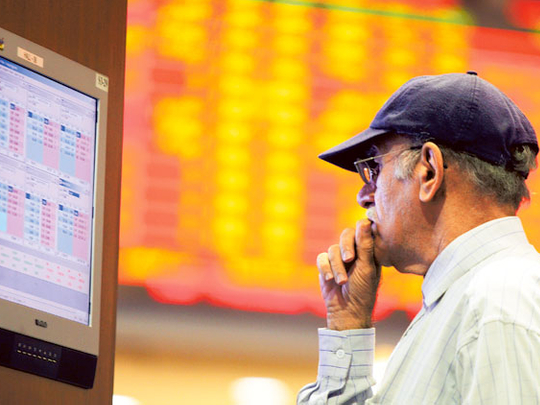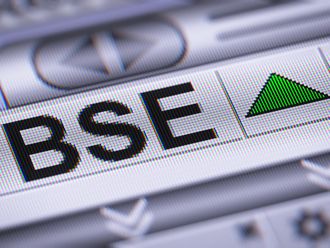
Last week’s reflections in this space on the subject of economic change reminded me of something my Japanese boss told me years ago in banking. “Change is good,” he said brightly.
I don’t remember exactly what that was about, but I’m pretty sure I had the contrary notion ‘If it ain’t broke, don’t fix it’ in mind, feeling that whatever was coming had more to do with making a mark than making things better, a familiar trait of middle management.
His opinion might have been explained by his experience of coming up through the Japanese banking system, which certainly needed changing, seeming to be riddled with inertia, with failing institutions hiding (and being allowed to hide) their balance-sheet horrors for fear of the shockwaves if they actually revealed the true scale of their losses and vulnerability. A bit like the European banking sector right now, as it happens.
Which prompts the thought of Schumpeter’s notion of ‘creative destruction’: the need to overthrow certain previous structures in an economy for the sake of productive renewal.
Japan in fact remains one of the clearest cases today, where structural reform is needed more than stimulus, which my subsequent boss seemed to validate when he referred cheerfully to the ‘zombie’ (basically insolvent and unreformed) banks stalking the economy at the time.
Such is the chronic lack of dynamic change in Japan that, apart from its massive government indebtedness -- over 200 per cent of GDP, gross, though mainly domestically dispersed and therefore manageable -- it will soon turn into a deficit nation on the current account of the balance of payments. The huge accumulation of foreign reserves will then begin to be drained, reducing the financial cushion for budgetary stresses. And the demographic pressures arising can only aggravate the chronic condition.
That’s certainly a seismic shift, denoting a secular and unheard-of change of fortune for an economic giant -- and a reminder that the world doesn’t stand still.
In the Gulf, where it was suggested in this column last week that only a qualified version of structural adjustment should be expected, for better or worse, a case in point has just occurred.
Last week the US-based benchmark index provider MSCI passed over the UAE and Qatar again for ‘emerging market’ status, keeping them under review while maintaining the ‘frontier market’ tag.
Jeff Gill, fund manager at City of London Investment Management Co. told me that MSCI “seems to view these two countries as a package deal for some reason”.
He didn’t foresee either Qatar or Saudi Arabia acquiring emerging status until they addressed foreign ownership restrictions. As for the UAE, perhaps the prospects are a touch brighter, with only relatively technical issues of market accessibility outstanding, i.e. custody and clearing & settlement.
“The UAE is the most likely candidate, as it already ‘ticks the boxes’ for most of MSCI’s requirements for ‘emerging’ status,” he suggested.
How much difference would it make?
”I am sceptical of a huge influx of foreign investment into the stock markets of the UAE and Qatar [even if] they are upgraded, despite having some of the most attractive valuations and dividend yields in the emerging and frontier universe,” Gill said.
“Their weightings will be quite small in the emerging markets index, probably around 0.1 or 0.2 per cent of the composite, and many of the largest index trackers use an optimisation strategy that omits approximately half of the stocks in the actual index.”
With stock market capitalization as a percentage of GDP sometimes referred to as a market development ratio, an influx of some sort would be welcome both in terms of lifting the indices and denoting economic progress, while the relative stability of those series may be apposite as well (see box and chart).
For the Gulf, there would seem to be a virtue in a measured pace of change. Complete stasis is not an option in the modern world, especially one in which private resources have to be tapped to meet the presumed public need. Ultimately, respecting the value of the market is bound to mean bending to its ways.











